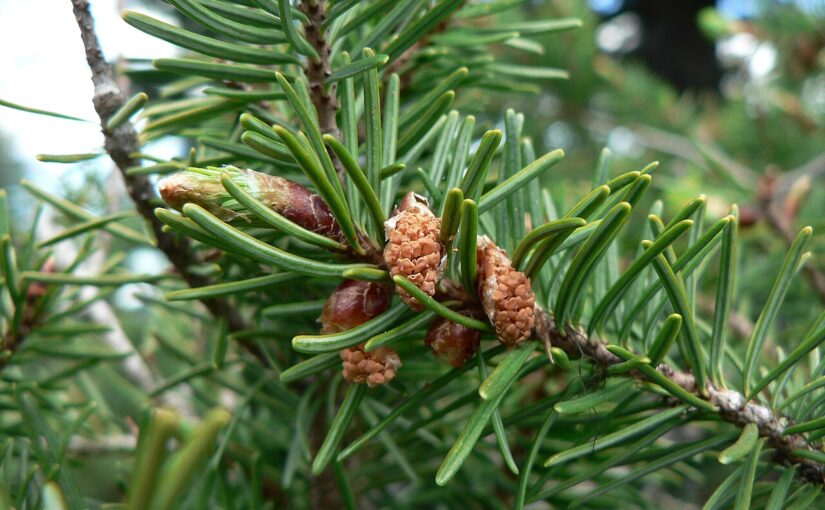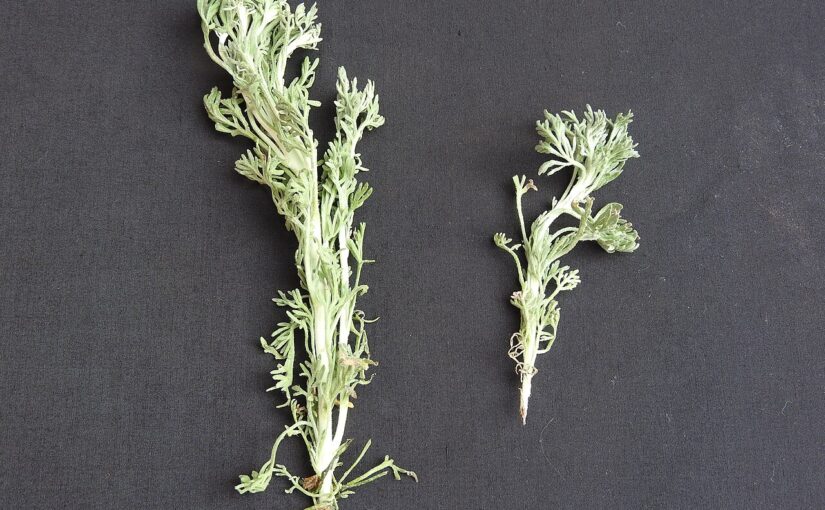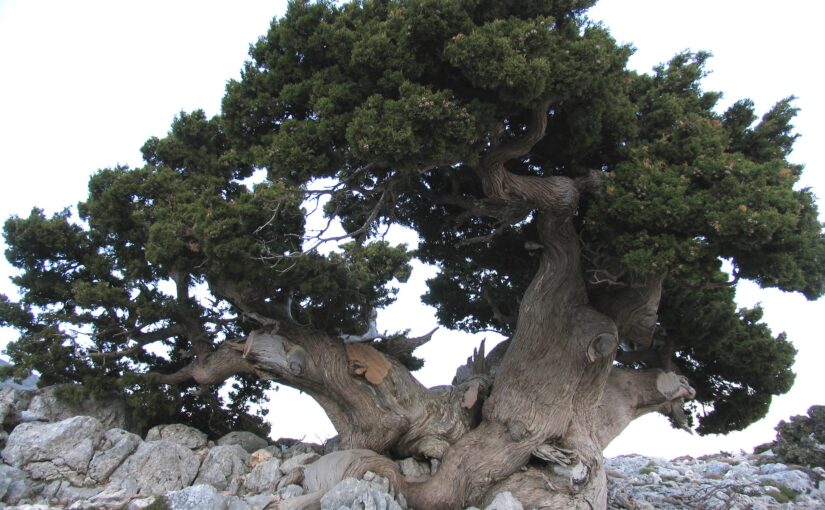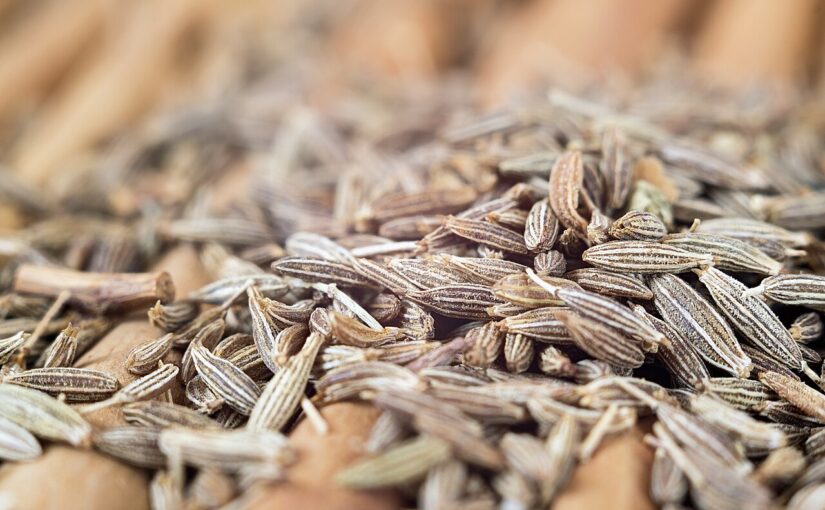Elemi essential oil comes from the resinous sap of the Canarium luzonicum tree, an indigenous species native to the Philippines and the Maluku Islands of Indonesia. This oil is extracted through steam distillation of the white gum resin, which is collected by carefully “striping” mature trees without harming them. The regions of the Philippines and Indonesia are the primary producers, harvesting this precious resin daily from healthy trees that thrive in tropical forests. The oil itself has a clear to pale yellow hue and a thin consistency. Its aroma is tangy and lemony, combined with balsamic warmth and delicate notes of spicy citrus and geranium. Classified as a middle note in aromatherapy, elemi carries principal constituents such as phellandrene, which can make up nearly half of its composition, alongside limonene, elemol, myrcene, cymene, sabinene, and pinene, all contributing to its invigorating and restorative scent.
Continue reading Elemi Essential Oil: The Luminous Resin of RenewalCategory: Essential Oil Singles
Douglas Fir Essential Oil: The Crisp Breath of the Forest
Douglas fir essential oil is derived from Pseudotsuga menziesii, also known as Douglas spruce or Oregon pine. This majestic conifer is native to western North America, thriving in the lush landscapes of the Pacific Northwest from British Columbia down to California. The essential oil is produced by steam-distilling the young needles and branches, with the United States and Canada leading its production. Douglas fir oil is clear and thin in consistency and has a distinctive aroma that is fresh, green, and airy, with lively pine notes and a bright, lemony-citrus undertone. The principle compounds found in the oil include alpha-pinene, beta-pinene, limonene, myrcene, sabinene, carene, terpinene, and terpinolene, which contribute to its vibrant scent and wide-ranging effects.
Continue reading Douglas Fir Essential Oil: The Crisp Breath of the ForestDill Essential Oil: The Soothing Scent of Comfort
Dill essential oil is derived from Anethum graveolens, known widely as dill, dill weed, or Indian dill. This aromatic plant belongs to the Apiaceae family and is native to the warm landscapes of the Mediterranean, Southwest Asia, and India. Today, dill is cultivated globally, with major essential oil production centered in India, Hungary, and Egypt. The oil is primarily steam-distilled from the crushed seeds, although some varieties can be made from the leaves and stems as well. The resulting liquid is clear to pale yellow and has a thin consistency. Its aroma is fresh, herbaceous, slightly sweet, and spicy, warmed by an anise-like note. Dill essential oil is classified as a middle note in perfumery and therapeutic blends, with key chemical components including carvone, limonene, dill apiol, phellandrene, alpha-pinene, and, in particular, myristicin in Indian dill.
Continue reading Dill Essential Oil: The Soothing Scent of ComfortDavana Essential Oil: The Fragrant Chameleon of Serenity
Botanical Profile
Davana essential oil is a fragrant treasure cultivated from Artemisia pallens, a dainty aromatic plant native to southern India. Its golden blooms and lacy leaves are steam-distilled to produce a viscous oil ranging in hue from yellow to amber-red. The scent of davana is famously complex, weaving together fruity, winey, and floral notes that are complemented by sweet, woody, vanilla-like, and camphorous undertones. This versatile middle note is celebrated for its “chameleon” character, which causes its aroma to adapt distinctively to each wearer. Its chemical composition includes davanone as a major constituent, along with davana ether, linalool, nerolidol, cinnamate, germacrene, elixene, and isocamphene, all contributing to both its aromatic profile and impressive therapeutic palette.
Continue reading Davana Essential Oil: The Fragrant Chameleon of SerenityDamask Rose Essential Oil: The Fragrant Elixir of Love
Damask rose essential oil, often called rose otto or attar, emerges from the delicate petals of Rosa damascena, a timeless bloom in the Rosaceae family. Its origins trace to Damascus in Syria, from where it journeyed to Europe amid the 12th-century Siege of Damascus. Today, the world’s finest varieties flourish in Bulgaria’s renowned Valley of Roses near Kazanlak, with significant cultivation also in Turkey and Morocco. Producing this precious oil demands extraordinary effort. Steam distillation of fresh flower petals requires about 60,000 roses, or roughly 200 pounds, to yield just one ounce (30 milliliters). The result is a pale yellow to yellow-green liquid of thin consistency, carrying a gentle, green, lemony floral aroma enriched with sweet undertones. Classified as a middle-to-base note, its fragrance lingers with elegance. Key constituents include citronellol (up to 40 percent), geraniol, nerol, linalool, damascone, rose oxide, nonadecane, heneicosane, and ionone.
Continue reading Damask Rose Essential Oil: The Fragrant Elixir of LoveCypriol Essential Oil: The Earthy Anchor of Ayurveda
Cypriol essential oil emerges from the resilient roots of a plant long cherished in ancient healing traditions. Known for its deep, grounding aroma, this oil draws from India’s wetlands and offers a bridge between body, mind, and spirit. In a world often filled with fleeting distractions, cypriol stands as a quiet reminder of rooted strength.
Continue reading Cypriol Essential Oil: The Earthy Anchor of AyurvedaCypress Essential Oil: The Timeless Flow of Transformation
Cypress essential oil is distilled from Cupressus sempervirens, a stately evergreen from the Cupressaceae family. Known commonly as Mediterranean cypress or Italian cypress, this tree traces its origins to northern Persia, Syria, Turkey, and the Greek islands. Over time, it has become naturalized across the Mediterranean basin, flourishing in France, Spain, Italy, and Morocco. The oil is produced through steam distillation of the tree’s twigs, needles, and occasionally cones, with France and Spain leading global production. Its aroma is fresh and woodsy, laced with green, smoky, and balsamic undertones reminiscent of pine. Clear to pale yellow-green in color, the oil has a thin consistency that makes it versatile for blending. Key constituents include alpha-pinene, delta-3-carene, limonene, myrcene, cedrol, terpinolene, and beta-pinene, which fuel its therapeutic potency.
Continue reading Cypress Essential Oil: The Timeless Flow of TransformationCumin Seed Essential Oil: The Warm Spice of Ancient Vitality
Cumin seed essential oil derives from Cuminum cyminum, a resilient annual herb in the Apiaceae family. Native to the sun-drenched regions of Egypt and the Mediterranean, cumin thrives in cultivation across India, China, Arabia, and Mexico. The essential oil is produced through steam distillation of the plant’s ripe seeds, with India, Egypt, and Morocco leading global output. This oil presents as a clear to pale yellow or greenish-brown liquid of thin consistency. Its aroma is distinctly warm, spicy, and musky, laced with anise-like and pungent earthy notes that firmly establish it as a base note in aromatic compositions. Key chemical components include cuminal (or cuminaldehyde, reaching up to forty-five percent), cymene, phellandrene, pinene, terpinene, and terpineol.
Continue reading Cumin Seed Essential Oil: The Warm Spice of Ancient VitalityCubeb Essential Oil: The Spicy Elixir of Java
Cubeb essential oil emerges from the unripe, dried berries of Piper cubeba, a climbing vine in the Piperaceae family. Known by evocative names like Cubeb, Java Pepper, Tailed Pepper, and Kabab Chini, this plant hails from the lush landscapes of Indonesia, particularly Java and Sumatra. Cultivation extends to Borneo, Sierra Leone, and the Congo, but Indonesia remains the primary source for steam-distilled oil. The aroma is warm, woodsy, and boldly spicy, carrying dry hints of allspice and nutmeg. It serves as a middle note in blends, with a pale green to bluish-green hue and a thin, easy-flowing consistency. Key constituents include beta-caryophyllene, cadinene, cubebol, sabinene, azulene, carene, elemene, germacrene, and thujene, which underpin its therapeutic potency.
Continue reading Cubeb Essential Oil: The Spicy Elixir of JavaCoriander Seed Essential Oil: The Spicy Spark of Self-Loyalty
Coriander seed essential oil emerges from a plant with deep roots in human history. Its warm, spicy scent carries notes of vitality and healing. This oil, distilled from ripe seeds, offers a blend of physical relief and emotional insight. Users often find it invigorating, a gentle nudge toward self-acceptance and strength.
Continue reading Coriander Seed Essential Oil: The Spicy Spark of Self-Loyalty








